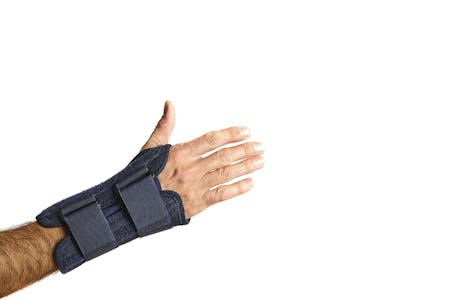Probably, but you don’t need to have surgery.
At a course I once attended, the lecturer stated that the odds of having a rotator cuff tear are as high as your age. Daunting concept, isn't it? Let's talk about the rotator cuff and tears for a minute. The technical term is rotator cuff, though it is actually not a cuff (and definitely not a rotary cup either) - it is four tendons that lie next to each other around the 'ball' of the ball and socket joint of the shoulder. Think of four ropes that are laying next to each other and glued down. So a rotator cuff tear means that one or more of the ropes are at least fraying. Many rotator cuff tears are actually partial tears, meaning the tear does not go all the way through the tendon. Picture the rope fraying, where some of the strands are torn, but part of the rope is still intact. Years ago, if you had an MRI and there was tearing, the immediate response would be surgery. Now, we understand that partial tearing, or fraying, of the rotator cuff is normal with aging. Physical therapy can help teach you how to work your shoulder without doing more damage and without causing pain.

Research has demonstrated that physical therapy is an effective treatment for various shoulder diagnoses, including a rotator cuff tear. Stretching tight tissues and strengthening the shoulder, especially the shoulder blade, allows the rotator cuff to work effectively without having surgery. There are some instances where surgery is necessary, typically in cases such as a slip and fall on an outstretched arm. One key to helping decrease shoulder pain is paying attention to where you use your arms in space. Your shoulder and rotator cuff are not designed to work behind you, nor directly at your side, but rather at an angle in front of your body. Working in the correct plane can greatly decrease shoulder discomfort. You want to always have your elbows in front of your body. When your elbow goes behind you, it drives the head of the humerus forward, pulling on the rotator cuff and other structures as well. Questions about your shoulder? Call us for a free assessment or to attend one of CGPT's free classes.
Check out our video series on reducing shoulder pain here.




